Is Mexican Food Spicy? A Flavorful Guide for Spice Lovers
If you've ever wondered, Is Mexican food spicy?, you're not alone. The answer is both simple and complex: it depends on the dish, the region, and your personal tolerance for heat. Mexican cuisine is a vibrant tapestry of flavors, and while some dishes are famously spicy, others are more about the richness of ingredients like tomatoes, avocados, and cheese.
In this guide, we’ll explore the role of spice in Mexican food, why it varies so much, and how you can navigate the heat levels like a pro. Whether you're an amateur enthusiast or a seasoned foodie, there's something here for everyone. So grab a plate of tacos and let’s dive into the world of Is Mexican food spicy?
Table of Contents
- What Makes Mexican Food Spicy?
- Understanding Heat Levels in Mexican Dishes
- The Variety of Spices Used in Mexican Cooking
- Regional Differences in Spiciness
- Tips for Handling Spicy Mexican Food
- Buying Guide: Spices and Ingredients for Mexican Cuisine
- Conclusion
What Makes Mexican Food Spicy?
Spiciness in Mexican food comes primarily from chili peppers, which have been a staple in the cuisine for thousands of years. These peppers range from mild to extremely hot, and they’re used in everything from salsas to moles and tamales. The key factor in how spicy a dish is depends on the type of pepper used, how it’s prepared, and whether it’s combined with other ingredients that balance or enhance the heat.
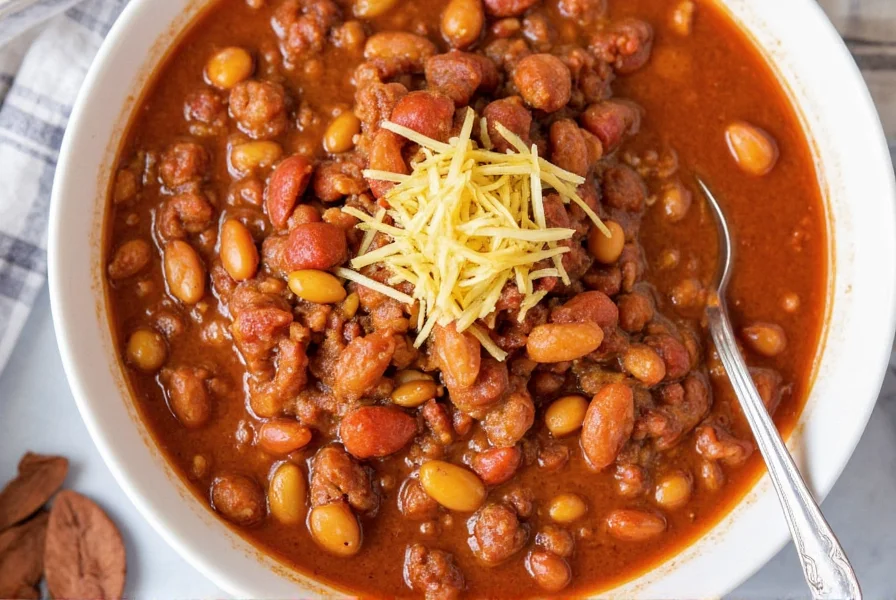
Some of the most common chili peppers found in Mexican cooking include:
- Jalapeño – Mild to medium heat, often used in salsas and stuffed peppers.
- Serrano – Hotter than jalapeños, used in salsas and guacamole.
- Chipotle – Smoked jalapeños, offering a deep, smoky flavor with moderate heat.
- Ghost Pepper – Extremely hot, used sparingly in certain regional dishes.
- Ancho – Mild to medium, dried poblano pepper, commonly used in mole sauces.
These peppers are not only responsible for the heat but also contribute unique flavors that define Mexican cuisine. So, when someone asks, Is Mexican food spicy?, the answer isn’t just about the heat—it’s about the whole experience.
Understanding Heat Levels in Mexican Dishes
Not all Mexican food is fiery hot, and even within the same dish, the heat level can vary depending on how it's made. Here's a quick breakdown of what to expect:
| Dish | Heat Level | Description |
|---|---|---|
| Tacos al pastor | Mild to Medium | Marinated pork with onions and cilantro, typically not spicy unless salsa is added. |
| Chiles en Nogada | Mild | A traditional dish with a creamy walnut sauce, usually not spicy. |
| Pico de Gallo | Medium to Hot | A fresh salsa with chopped tomatoes, onions, and chilies—spice level depends on the peppers used. |
| Mole Poblano | Mild to Medium | A rich, complex sauce made with chocolate and spices, sometimes slightly spicy. |
| Enchiladas Rojas | Medium to Hot | Red enchiladas with a tomato-based sauce, often spiced up with chili powder. |
| Carne Asada | Mild | Grilled meat, usually not spicy unless served with a spicy salsa or sauce. |
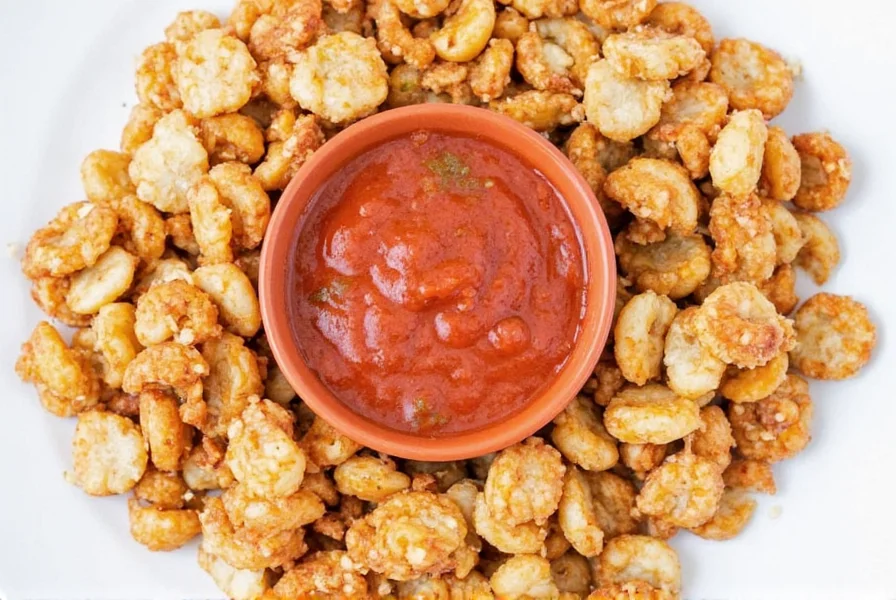
This table shows that Is Mexican food spicy? really depends on the dish. Some are designed to be mildly flavored, while others are packed with heat. It's all about personal preference and how you choose to enjoy your meal.
The Variety of Spices Used in Mexican Cooking
While chili peppers are the main source of heat, Mexican cuisine uses a wide range of spices and herbs to create its signature flavors. These include:
- Cumin – Adds earthy warmth to many dishes.
- Oregano – Used in salsas, stews, and marinades.
- Garlic and Onion – Foundation for many sauces and fillings.
- Cinnamon – Often used in desserts and savory dishes like mole.
- Coriander – Adds a citrusy, slightly sweet note.
These spices work together to create depth and complexity. Even if a dish is spicy, the other flavors help balance it out. So, when people ask Is Mexican food spicy?, they might not realize that the heat is just one part of the full flavor profile.
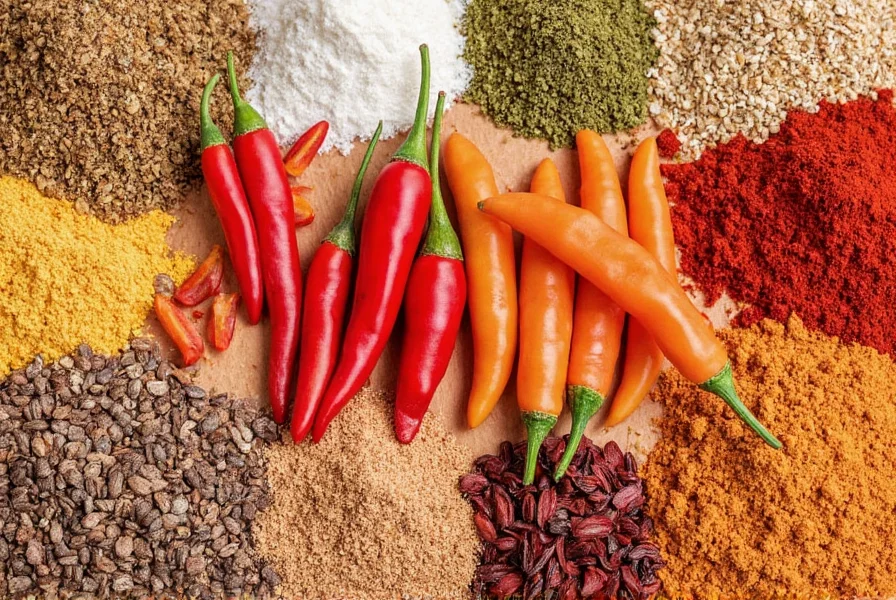
One of the most fascinating aspects of Mexican food is how it combines heat with sweetness, acidity, and creaminess. For example, a spicy taco might be balanced by a dollop of sour cream or a slice of avocado. This harmony is what makes the cuisine so appealing to a wide range of palates.
Regional Differences in Spiciness
Mexican food varies significantly by region, and so does its spiciness. Some regions are known for their bold, fiery flavors, while others focus on more subtle, delicate taste profiles. Here's a quick look at how different parts of Mexico approach spice:
- Mexico City – Offers a mix of spicy and non-spicy options, with a strong emphasis on street food.
- Oaxaca – Known for its rich, complex moles, which can be slightly spicy but not overly hot.
- Yucatán – Uses a lot of habanero peppers, making dishes like cochinita pibil quite spicy.
- Veracruz – Focuses more on seafood and less on heat, though some dishes do include chili.
- Puebla – Famous for mole, which can have a mild to medium heat depending on the recipe.
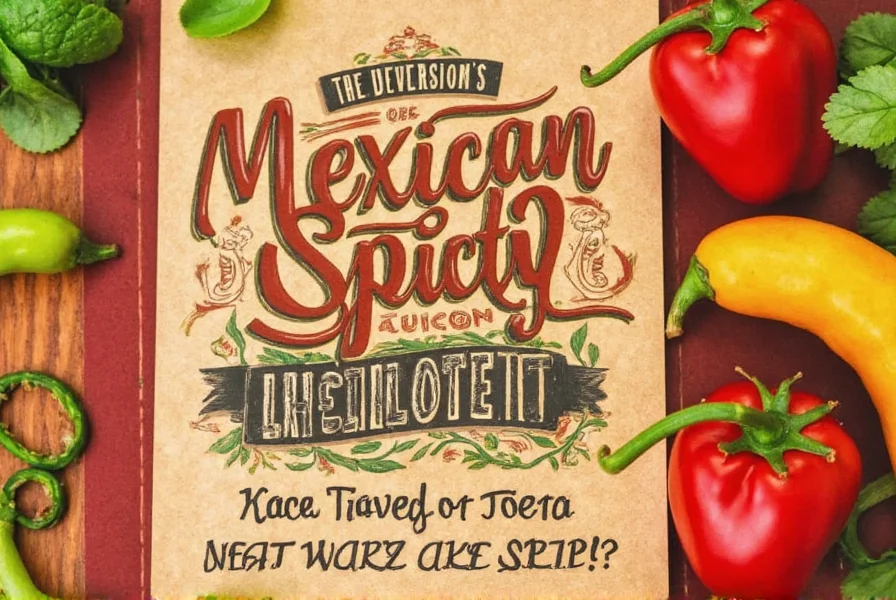
This regional variation means that Is Mexican food spicy? isn't a yes-or-no question. It’s more about understanding where the dish comes from and what kind of flavors you're expecting. If you're planning a trip or trying new recipes, knowing these differences can help you make better choices.
Tips for Handling Spicy Mexican Food
If you're new to Mexican food or just want to manage the heat better, here are some practical tips:
- Start with milder dishes: Try tacos al pastor, tamales, or empanadas before moving on to hotter options.
- Ask for no heat: Many restaurants will accommodate requests to reduce the spice level.
- Use dairy to neutralize heat: Milk, yogurt, or sour cream can help soothe the burn.
- Pair with cooling sides: Avocado, lime, or cucumber slices can balance out the heat.
- Know your peppers: Learn the names and heat levels of common peppers to avoid surprises.
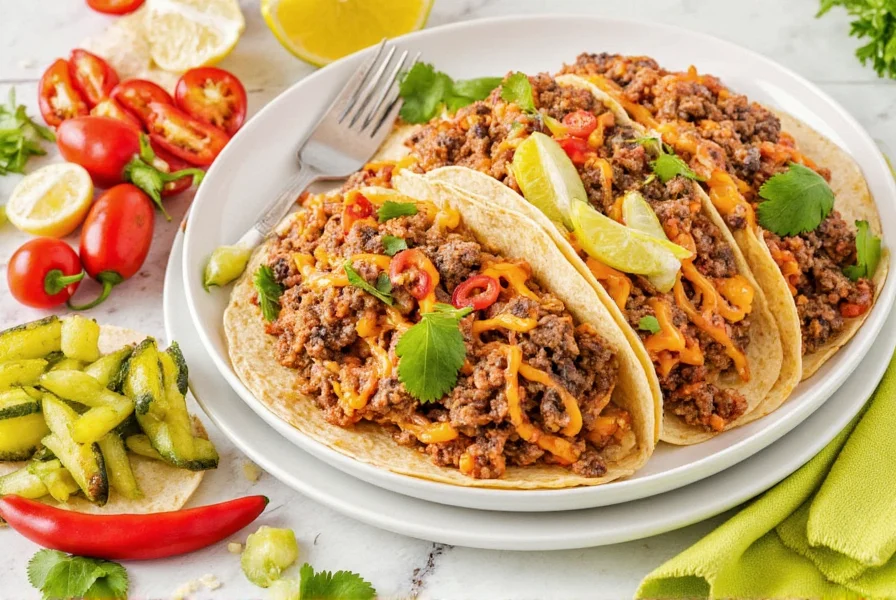
Remember, Is Mexican food spicy? is subjective. What might be spicy to one person could be mild to another. The key is to listen to your body and adjust accordingly. With these tips, you'll be able to enjoy the full range of flavors without getting overwhelmed by the heat.
Buying Guide: Spices and Ingredients for Mexican Cuisine
If you're interested in cooking authentic Mexican food at home, having the right spices and ingredients is essential. Here's a list of must-have items and their benefits:
Essential Spices for Mexican Cooking
- Chili Powder
- Features: A blend of ground chilies, cumin, garlic, and oregano.
- Advantages: Versatile for seasoning meats, soups, and stews.
- Use Cases: Ideal for making enchiladas, tacos, or chili.
- Target Audience: Home cooks looking to recreate authentic Mexican flavors.
- Suitable Occasions: Weeknight dinners, family gatherings, or casual meals.
- Ground Cumin
- Features: Earthy and warm, adds depth to many dishes.
- Advantages: Enhances the flavor of beans, meats, and vegetables.
- Use Cases: Perfect for making rice, soups, and sauces.
- Target Audience: Anyone who enjoys hearty, aromatic meals.
- Suitable Occasions: Weekends, potlucks, or dinner parties.
- Oregano (Mexican)
- Features: Stronger and more pungent than Italian oregano.
- Advantages: Adds a distinctive, herbal flavor to salsas and stews.
- Use Cases: Great for marinating chicken or seasoning beans.
- Target Audience: Enthusiasts who want to elevate their cooking.
- Suitable Occasions: Special occasions or holiday meals.
Key Ingredients for Mexican Dishes
- Tomatoes
- Features: Fresh or canned, used in salsas, sauces, and stews.
- Advantages: Adds natural acidity and brightness.
- Use Cases: Essential for making salsa, enchilada sauce, or gazpacho.
- Target Audience: Cooks who love fresh, homemade meals.
- Suitable Occasions: Everyday cooking or weekend projects.
- Cilantro
- Features: Fresh, bright, and aromatic.
- Advantages: Enhances the flavor of salsas, guacamole, and soups.
- Use Cases: Perfect for garnishing or mixing into dips.
- Target Audience: Those who appreciate fresh, bold flavors.
- Suitable Occasions: Casual meals, summer barbecues, or festive events.
- Avocado
- Features: Creamy and buttery, adds texture and richness.
- Advantages: Balances spicy dishes and enhances overall flavor.
- Use Cases: Ideal for guacamole, salads, or topping tacos.
- Target Audience: Health-conscious individuals or food lovers.
- Suitable Occasions: Lunch, dinner, or snack time.

Whether you're cooking for yourself or hosting a gathering, having these ingredients on hand will help you bring the Is Mexican food spicy? debate to life in your kitchen. Plus, they’re great for experimenting with different spice levels and flavor combinations.
Conclusion
In conclusion, the answer to Is Mexican food spicy? is a resounding “it depends.” While some dishes are packed with heat, others are more about flavor, texture, and aroma. Mexican cuisine is incredibly diverse, and the spiciness of a dish is influenced by factors like the type of pepper used, regional traditions, and personal preferences.
Whether you're a fan of fiery food or prefer milder options, there's always something new to discover in Mexican cooking. By understanding the role of spices, learning about regional variations, and exploring different ingredients, you can fully appreciate the complexity of this beloved cuisine.
So next time someone asks, Is Mexican food spicy?, you can confidently say, “It can be—but it doesn’t have to be. It’s all about the flavor journey!”
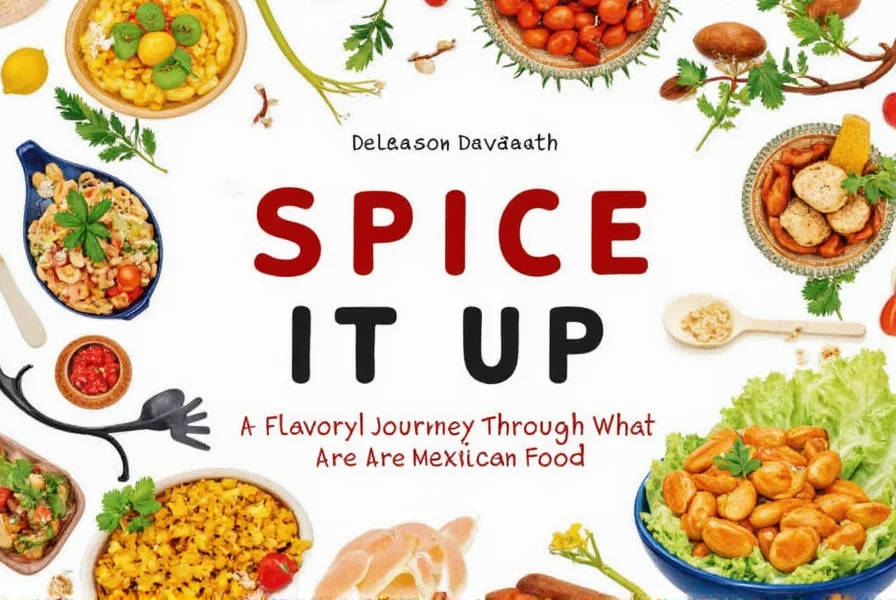










 浙公网安备
33010002000092号
浙公网安备
33010002000092号 浙B2-20120091-4
浙B2-20120091-4